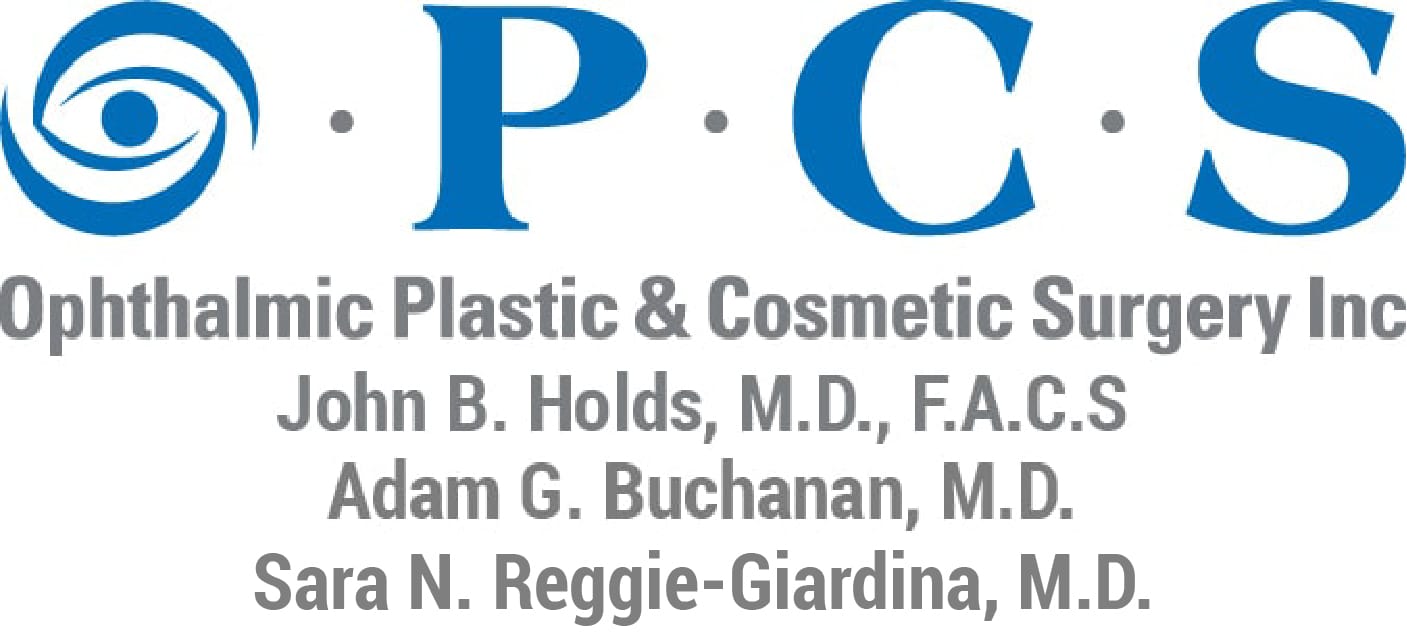Why is My Eyelid Turning Out?
- Posted on: Apr 15 2019

Ectropion is the term we use to describe an outward-turned lower eyelid. In many cases, this problem is related to biological aging and the tissue laxity that goes along with that. However, the eyelid may also change as a result of infection, scarring, a growth, or facial paralysis. When ectropion occurs, the inner lining of the eyelid may get exposed, creating irritation and additional symptoms such as:
- Chronic dry eye and a gritty sensation
- Excessive tearing or watery eyes due to poor tear drainage
- Red eyes
- Crusting along the eyelids
- Sensitivity due to poor eyeball coverage
The symptoms of ectropion are concerning because, without treatment, the ongoing irritation of the eye can severely degrade vision. To stop the progression of irritation in the eye, an ophthalmic surgeon can perform ectropion repair.
Repairing The Outturned Eyelid
Ectropion repair is tailored to meet the needs of each patient based on the underlying cause of tissue laxity. Our consultation process helps us identify which technique may be most appropriate:
- Muscle-related ectropion may be repaired by removing a small section of the lower eyelid to tighten muscle structure beneath the eye.
- Ectropion brought on by scarring of the eyelid may require tissue repositioning and/or tissue grafting.
Ectropion repair typically involves a short outpatient procedure after which the patient can return home to rest comfortably. Surgery is often performed with a local anesthetic to numb the tissue across the lower lid and also a light sedative to make the patient emotionally comfortable. An eye patch may be applied after the procedure to protect the eye. This may be removed 24 hours after surgery, followed by treatment with eye drops or ointment to encourage tissue healing and maintain adequate eye lubrication during recovery. Comfort is maintained with over-the-counter medication taken as directed.
Obtain the treatment you need for an outturned eyelid in our St. Louis office. Schedule your visit at 314-567-3567.
Posted in: Blepharoplasty

